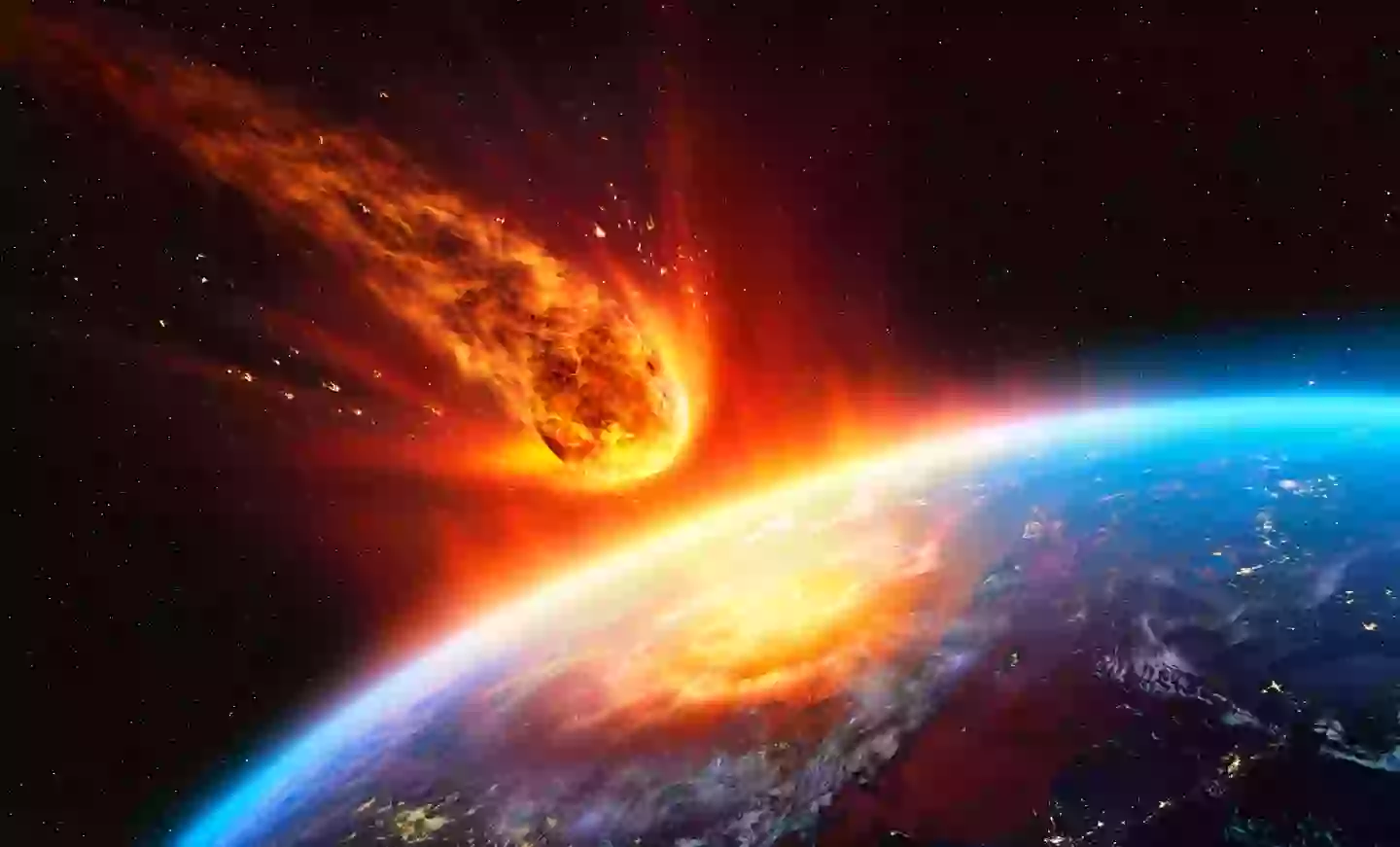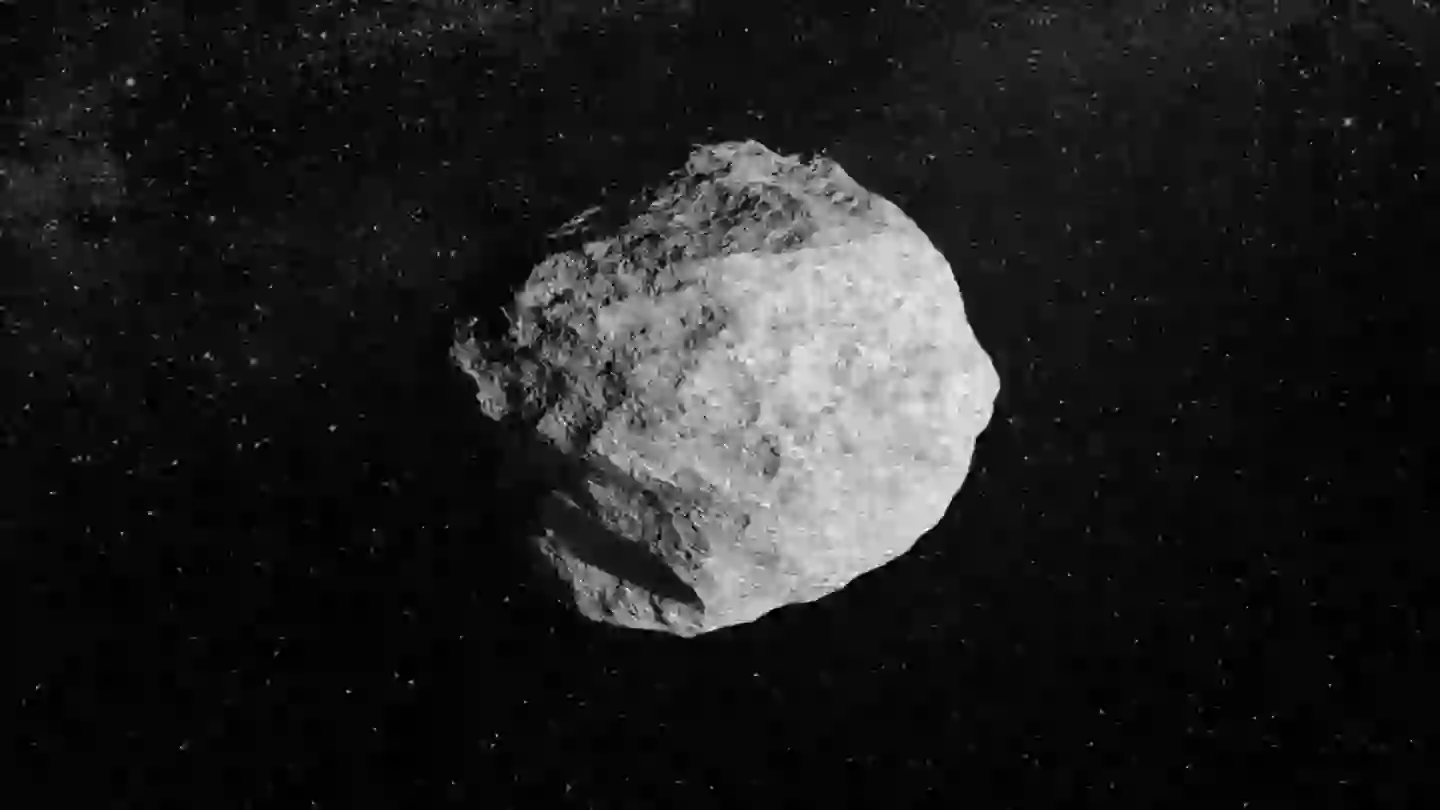
Remember that asteroid capable of wiping out cities which could smash straight into our planet that was discovered in December?
Well, the chances of it doing exactly that in seven years time have now increased, NASA has warned.
It's not the most cheery news to head into the weekend with, but it's also not a major cause of concern - just yet, anyway.
Advert
Back in December, boffins discovered an asteroid called '2024 YR4' with a telescope in Chile, which was almost 27 million miles away.
Teams working at the Asteroid Terrestrial-impact Last Alert System station, which is funded by NASA, estimated that it was 130 to 330 feet (40 to 100 metres) in width.
Seen as though it's got almost the same diameter as the Statue of Liberty, it has the potential to wreak havoc if it hits Earth.
Its size makes it capable of wiping out an entire metropolis, such as Kansas City in the US state of Missouri, according to Mashable.
But just over a week ago, experts reassured people that they 'were not worried at all' about the asteroid actually colliding with our planet.
Advert

The director of NASA's Centre for Near Earth Object Studies (CNEOS), Paul Chodas, explained that the probability of it happening was only 1.2 percent.
"We are not worried at all, because of this 99 percent chance it will miss," he said. "But it deserves attention."
Asteroid hunter David Rankin also told Space.com that 'people should absolutely not worry about this yet', explaining that 'impact probability is still very low'.
But now, NASA has warned that the odds of 2024 YR4 striking the planet have more than doubled.
Advert
The probability of the devastating collision occurring has increased to 2.3 percent, according to the space agency's CNEOS.
As it stands, there are no other large asteroids bound for our planet which have a probability of hitting Earth above one percent, so 2024 YR4 is definitely one to watch.

The asteroid will make its closest pass to us lot on 2 December, 2032 - and although the chances of it doing some damage are slim, there is still a chance.
Scientists are hoping that they can find out more about its route in the coming months, which will give them a better idea of how big the risk of it hitting Earth is.
Advert
Dr Shyam Balaji, of King's College London, told the Daily Mail: "As additional observational data is gathered, the probability of impact is expected to decrease.
"NASA and ESA astronomers are actively refining 2024 YR4's trajectory, and historical trends show that most objects initially flagged as risks eventually become non-threats."
But they've got to move fast if they want to observe it, as Dr Balaji warned that the asteroid will 'become too faint to observe from Earth after April 2025 and won’t be visible again until 2028'.
He explained that this makes 'it difficult to further refine its trajectory in the short term' - so let's hope they're getting a move on.
Topics: NASA, Science, Space, World News, 2024 YR4